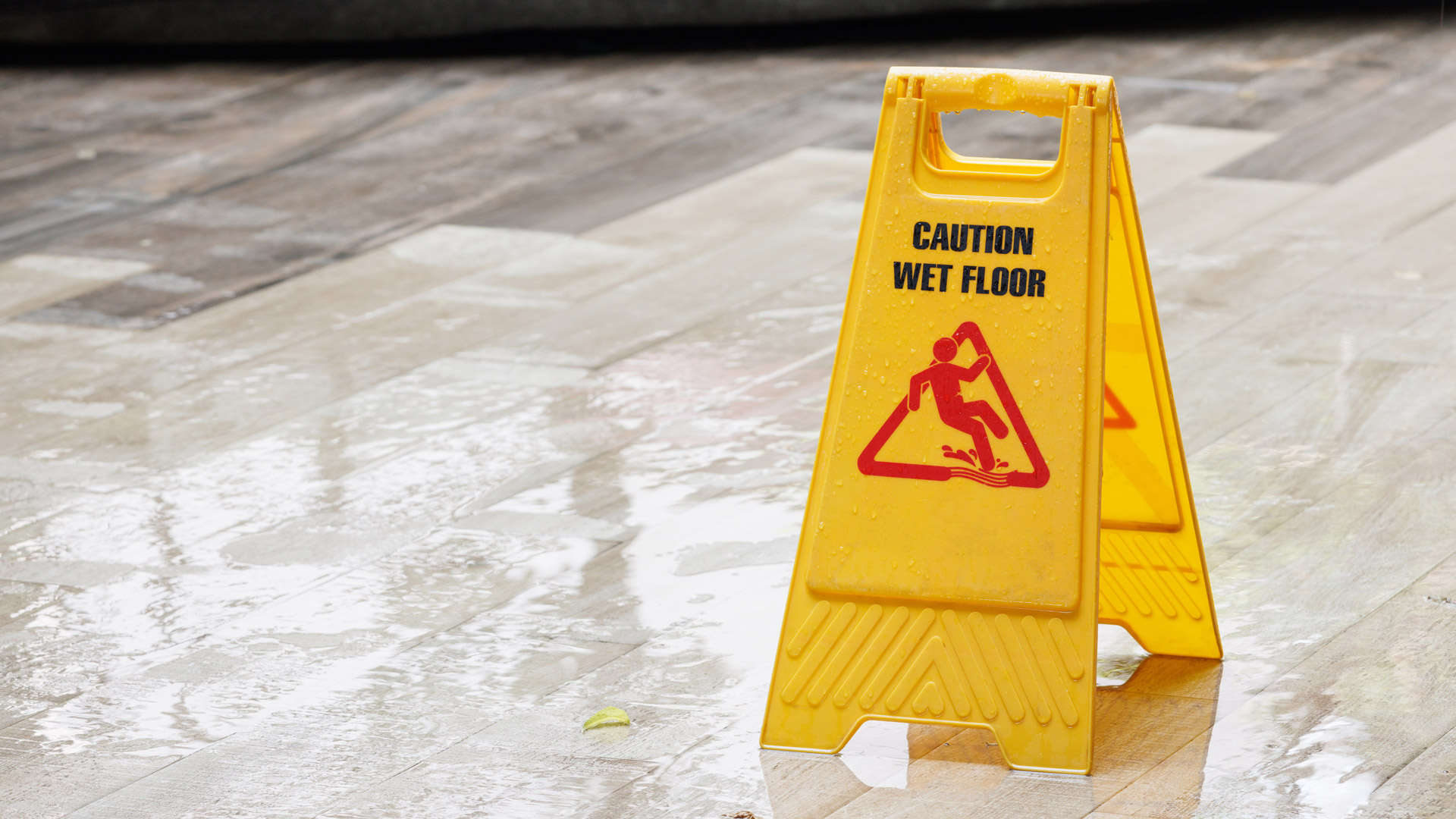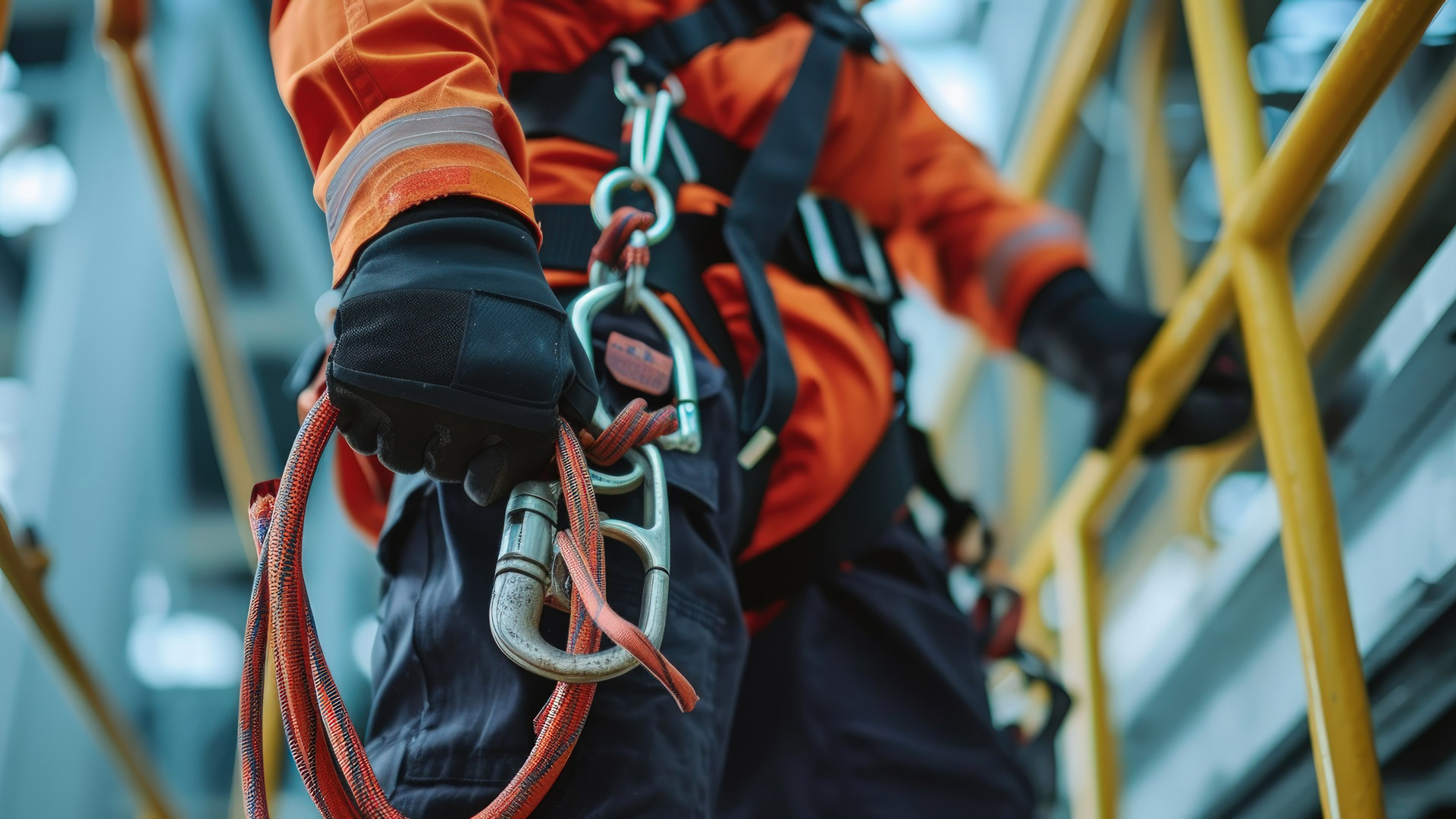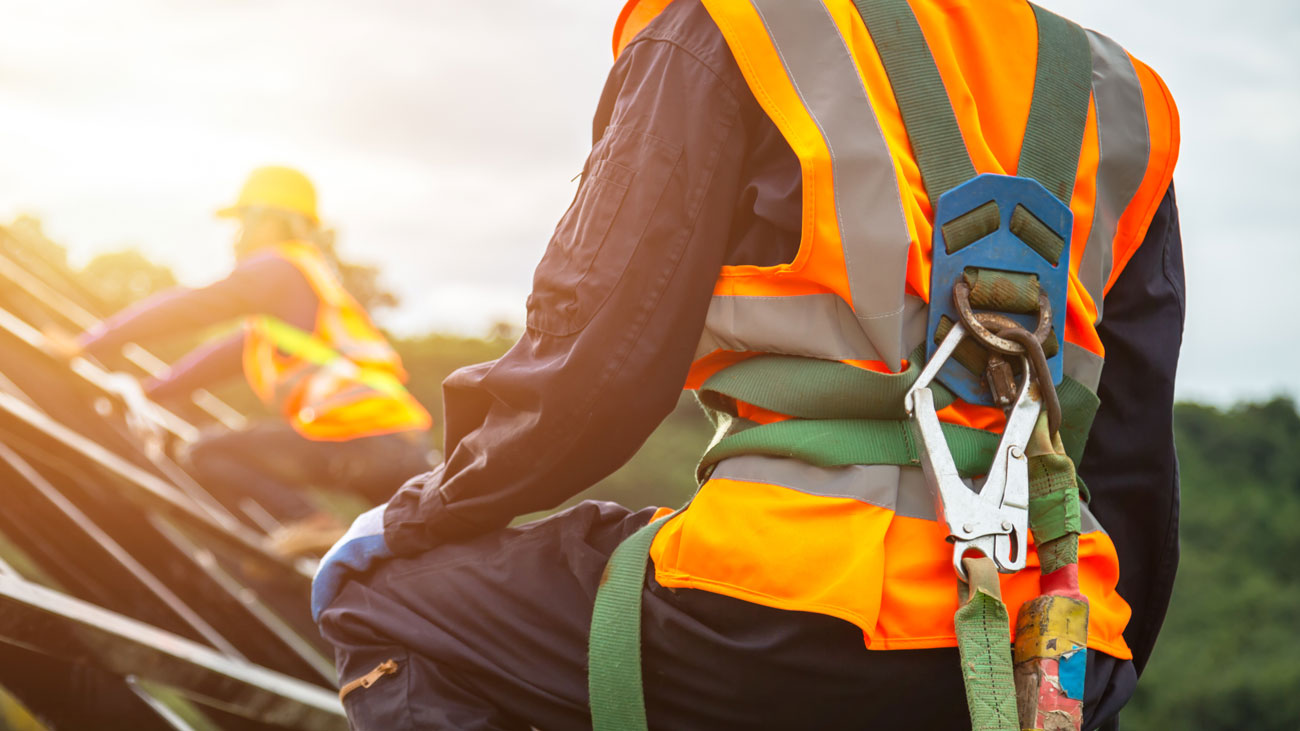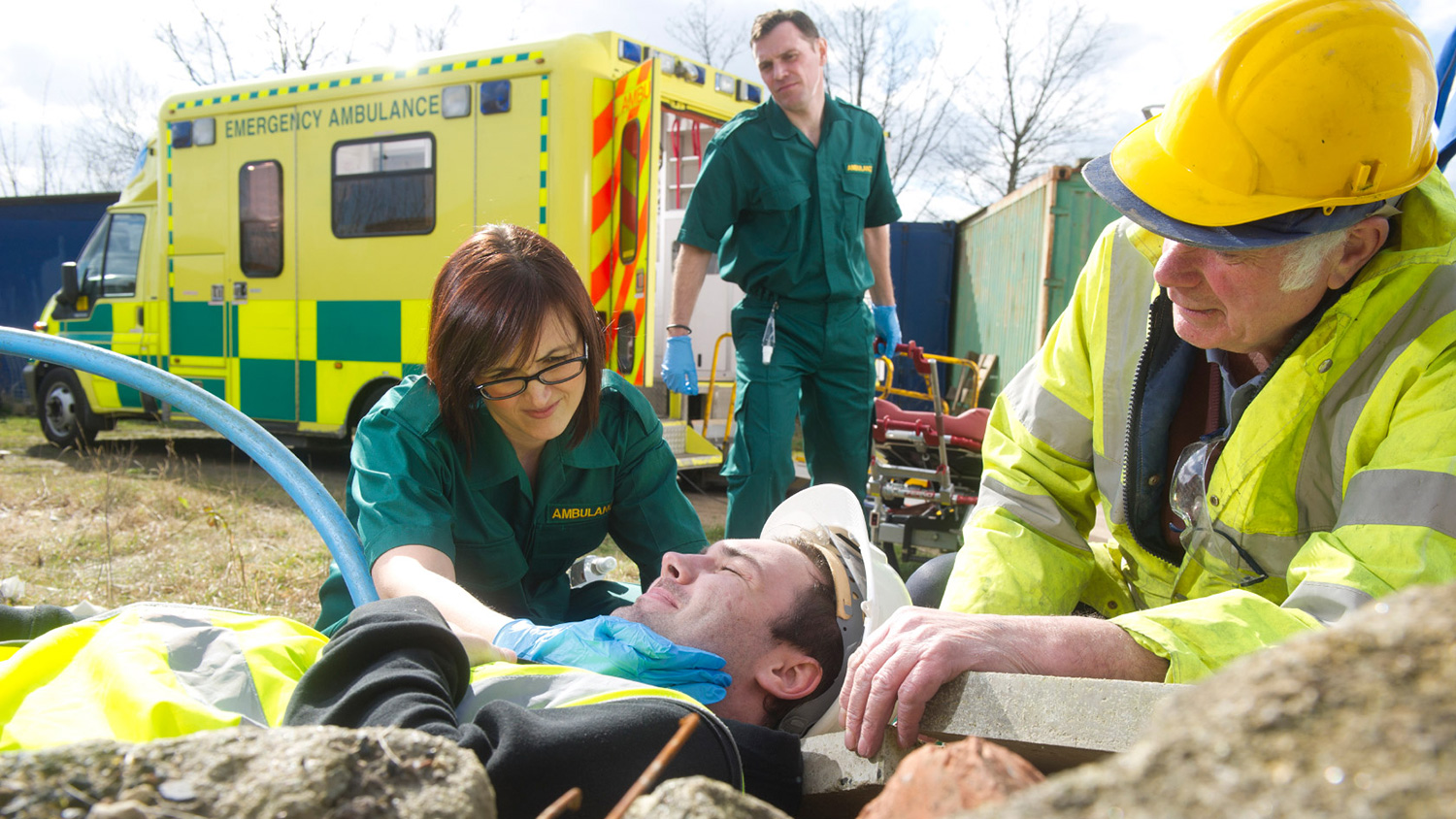The Ministry of Defence (MoD) has been issued with a Crown Censure by the HSE after an employee was shot during a training exercise.
In January 2019 an employee of the Ministry of Defence suffered severe injuries as a result of being shot with live ammunition during a training exercise where blank ammunition should have been used. This put both employees and persons not in the employment of Ministry of Defence at risk.
The incident has had severe life changing consequences for the injured employee. Following their medical discharge, they suffered from PTSD and following the incident had difficulty performing routine tasks such as getting dressed, cooking, cleaning and driving.
By accepting the Crown Censure, the MoD admitted breaching its duty under Section 2(1) and Section 3 (1) of the Health and Safety at Work etc. Act 1974 in that it failed to ensure, so far as was reasonably practicable, the health, safety and welfare at work of its employees, and persons not in its employment, particularly in relation to the risks associated with training exercises.
The MoD cannot face prosecution in the same way as non-Government bodies and a Crown Censure is the maximum sanction for a government body that HSE can bring. There is no financial penalty associated with Crown Censure, but once accepted it is an official record of a failing to meet the standards set out in law.
After the hearing, HSE inspector, Stacey Gamwell, said:
“This was a very serious incident which could have easily resulted in death. Just like any other employer, the MoD has a responsibility to reduce risk to its employees and others who may be affected by its work. We recognise military training can be hazardous – but where work of this nature is to be done, that danger should be controlled as much as reasonably practicable.
“An objective of military training is to prepare personnel for potential hazardous situations, but this does not mean the training itself should expose trainees to uncontrolled or inadequately controlled hazards. An employer must take all reasonably practicable steps to control the risk to the safety of employees whilst they are at work and others who may be affected by that work. They can do this through suitable and sufficient risk assessment and safe systems of work.”
You may also be interested in
RELATED CONTENT
RELATED COURSES

The Emergency first aid course offers learners the skills and knowledge to deal with emergency first aid situations at work.

The Slips, trips and falls course explains the measures that can be implemented to prevent slips, trips and falls in the workplace.

Introduction to health and safety gives learners a basic introduction to managing safety in their workplace.

The Working at height course helps learners understand the dangers associated with working at height and ways to control the risks

The Access Industry Forum (AIF), the forum that represents the principal work at height trade associations and federations, is calling for clearer rep...

New IOSH President Stuart Hughes is calling on the profession to challenge itself to develop new ways of tackling the “unacceptably high” number of wo...

You may not realise it but there’s no legal duty on an employer to carry out an investigation into an incident in the workplace. But, says law firm rr...

Employers are increasingly likely to go unpunished after workplace accidents it seems, as research by Prospect Union reveals the number of investigati...